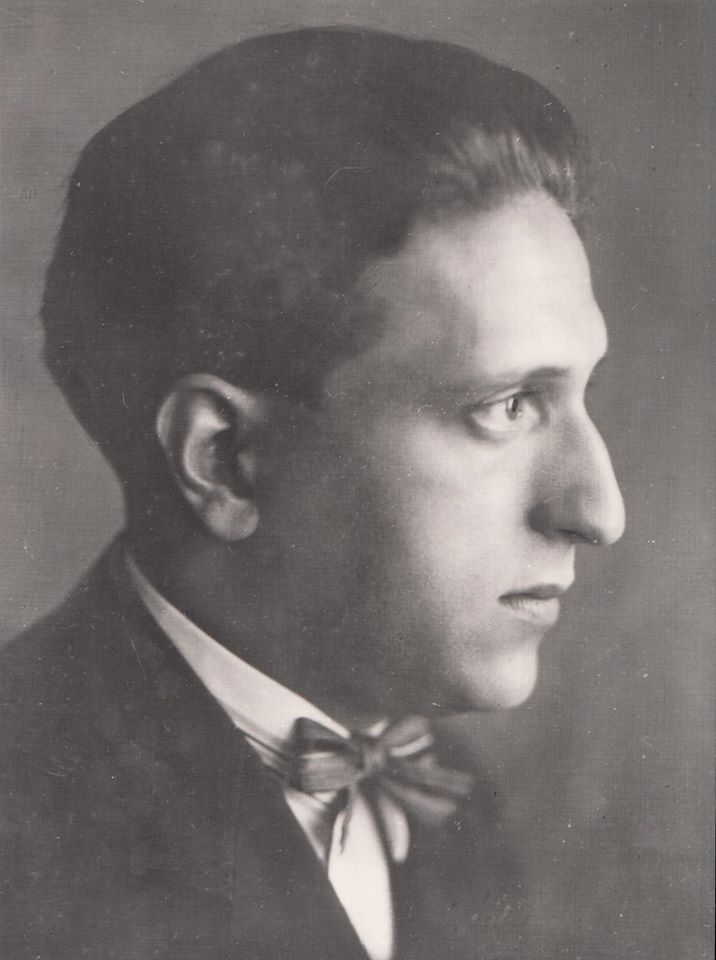
Pavel Haas

Pavel Haas was born in Brno, into a Moravian-Jewish family. After studying piano privately, Haas began his more formal musical education at the age of 14 and studied composition at the Brno Conservatory. This was followed by two years of study in the master class of the noted Czech composer Leoš Janáček. Janáček was far and away Haas’s most influential teacher.
Of the more than 50 works Haas wrote during the next two decades, only 18 were given opus numbers by the self-critical composer. While still working in his father’s business, he wrote musical works of all kinds, including symphonic and choral works, lieder, chamber music, and scores for cinema and theatre. His opera, Šarlatán (The Charlatan), was first performed in Brno to sincere acclaim in April 1938. He received the Smetana Foundation award for the opera.
In 1941, Haas was deported to the Theresienstadt concentration camp. He was one of several Moravian-Jewish composers there, including Viktor Ullmann, Gideon Klein and Hans Krása. Prior to his arrest, he had officially divorced his wife in order that she and their young daughter would not suffer a similar fate. In 1938, in desperation, he wrote to relatives of his wife in New Jersey, and also to Frank Rybka in New York who was a former student of Janáček. An attempt was launched by these Americans to help Haas secure passage, but this came too late to help. On his arrival at Theresienstadt, he became very depressed and had to be coaxed into composition by Gideon Klein. Haas wrote at least eight compositions in the camp, only a few of which have survived. They include a set of Four Songs on Chinese Poetry for baritone and piano, a work for men’s choir titled “Al s’fod” (his only work in Hebrew), and the Study for String Orchestra which was premiered in Theresienstadt and is probably Haas’s best-known work today. The orchestral parts were found after the liberation of Theresienstadt and the score was reconstructed.
In 1944 the Nazis remodeled Theresienstadt just before a visit from the Red Cross, and a propaganda film, Der Führer schenkt den Juden eine Stadt (The Führer Gives the Jews a City). In the film, Theresienstadt, children are seen singing Hans Krása’s opera, Brundibár, and Haas can be seen taking a bow after a performance of his Study for Strings. When the propaganda project was over, the Nazis transferred 18,000 prisoners, including Haas and the children who had sung in Brundibár, to Auschwitz-Birkenau, where they were murdered in the gas chambers. According to the testimony of Karel Ančerl, Haas stood next to him after their arrival at Auschwitz. Doctor Mengele was about to send Ančerl to the gas chamber first, but the weakened Haas began to cough, so the death sentence was chosen for him instead. After the war Ančerl met with Haas’s brother Hugo and told him the story.



